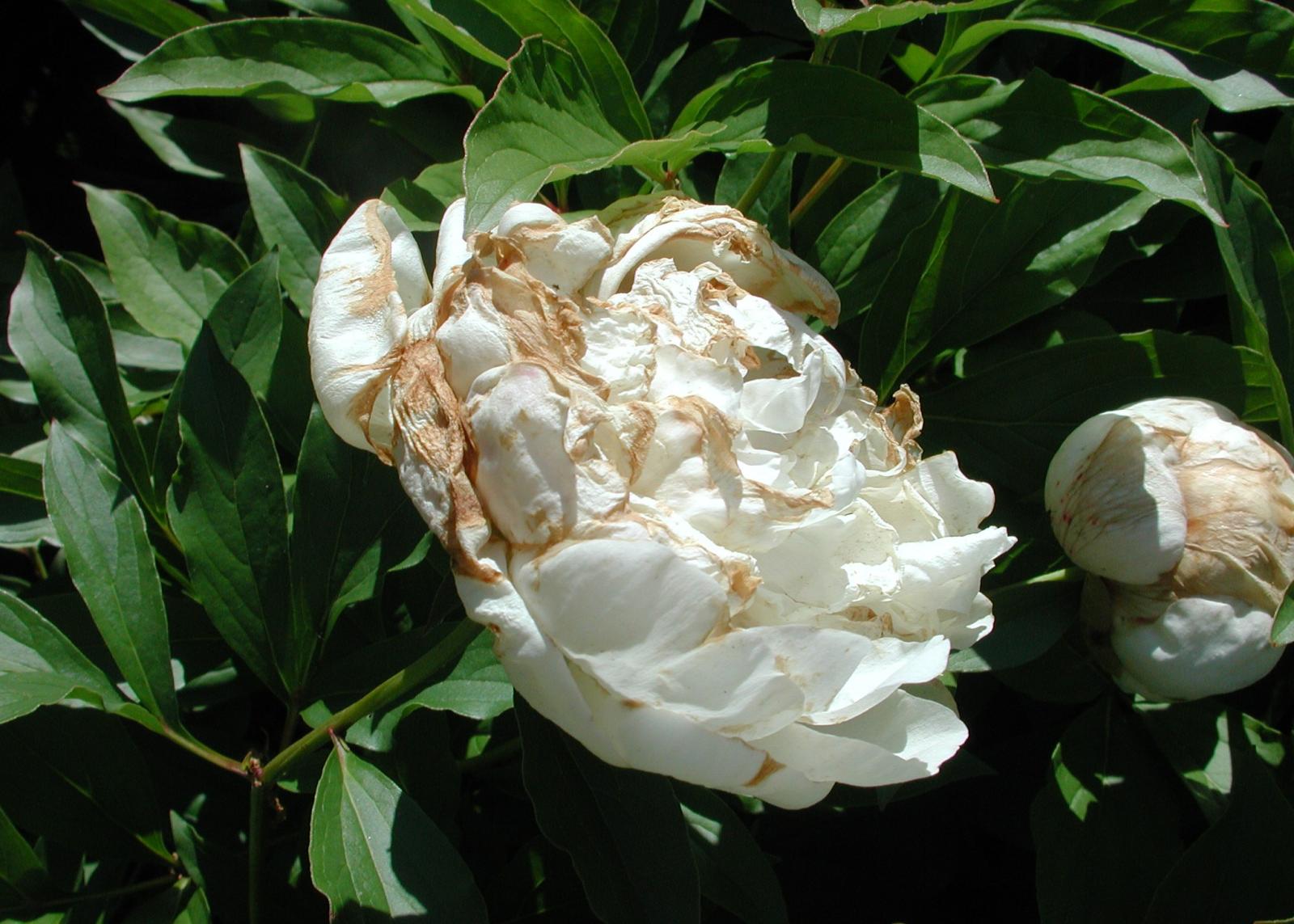Details

History
1923-SPN:349
1928-B:47 Double. 9.1 Director’s Vote. Pink.
1928-B-d:131 Double type; late midseason. Rosy white, suffused with tints of flesh and salmon; pleasing fragrance. Strong stems. Good habit. Award of Merit at St. Paul-Minneapolis Show, 1923. Closely resembles TOURANGELLE. “A beautiful and refined flower of fine form and charming color. One of the very finest peonies.”—Little.
1933-Sup:07 Double. 9.06 (Sym. 1933).
1935-B060:12 9.06. Lacti. Double. Late. Pink. This flower won the silver medal of the American Peony Society at St Paul in 1923, and we expect to find an especially beautiful flower if it is worthy of such an honor. Those who know this have not been disappointed. It is a plant of fine habit, good height and stems and excellent foliage. The flowers are large, of full rose type and a beautiful shade of light pink quite similar to the shades found in Tourangelle. The flowers are freely borne and open late, but while more dependable than its gold medal sister, yet it does sometimes fail to bloom.
1953-B130:32 9.05. LM. Light to blush pink. Medium tall, strong stems. Sure bloomer. Splendid form. Good cut flower. Fragrant. Silver Medal. Generally considered one of the best light pinks.
1962-W:084 Double. Opens pale pink, gradually turns waxy white. Flowers are large, heavy and full, often tinted with a salmon flush, fragrant. Vigorous bush with over knee-high stems supports the great flowers well above the dense foliage. Plentiful blooms appear quite late with Joseph Christie and Virginia Lee.
1976-K:071 (Brand, 1925) – Double – Rosy White – Late Midseason. Pleasing fragrance. Rosy white, suffused with tints of flesh and salmon. Strong stems. Good habit. M.
1976-K:126 (1925) Double, late. Beautiful light pink, perfect rose form. Our most fragrant variety.
1996-K:059 (1925) – Double, late. Beautiful light pink, perfect rose form. Our most fragrant variety.

